How to Prevent Hair Loss When Wearing a Wig?

Many women have had their edges and natural hair suffer when wearing wigs. While they generally blame the wigs themselves, the wigs did nothing wrong.
It's traction alopecia: The tightness, tension, and pulling of hair that causes hair loss. Frictional alopecia can also be the cause, or maybe improper wearing, and a few other reasons (you'll see in this article).
Fully understanding what causes hair loss can be the first step to preventing it. So, let's see what causes hair loss before giving you 17 tips you can follow to prevent hair loss when wearing a wig.
What Causes Hair Loss (Traction Alopecia) When Wearing Wigs?

- Synthetic Straps in Wigs
The straps around th e nape of your synthetic wigs may cause hair loss. They may get caught in your hair, and you may rip your hair when removing them. Experiencing this once or twice might not be an issue, but if it keeps occurring, you may see your hair thinning out.
- Hair Products
Using wig adhesive or edge control can cause you to lose your hair. With wig adhesives, you can lose your edges if you apply them on your hairline often. And apart from ripping your hair when it's time to uninstall your wig, wig adhesives can weigh your hair down and clog your pores. For edge controls, avoid those containing alcohols that dry out the hair.
- Tight Wigs
Tight wigs can lead to traction alopecia. That's because wigs tightly pressed against your scalp can cause little to no hair flow to your scalp. When there's no airflow, your sweat will be trapped. The trapped sweat can cause bacteria and lead to other issues that promote hair loss.
These are some reasons one may experience hair loss when wearing wigs. But it's possible to prevent experiencing it. How? Check out some ways that help avoid hair loss when wearing wigs below.
17 Tips to Avoid Hair Loss When Wearing a Wig
1. Sewing Silk Inside your Wig Cap

Generally, the wig cap helps to protect your natural hair as it keeps your hair away from contacting your wig. But did you know that you can further protect your hair by sewing silk to your wig cap? Now you do.
While you can sew it to all parts of the cap, you can pick a few sensitive areas and sew a silk material there. Do this, especially to the areas around your edges. It'll help prevent frictional alopecia and moisture loss along your hairline.
2. Eat a Balanced Diet

Your hair can flourish with the right and healthy meals. So, incorporate more foods rich in vitamins and minerals. They'll help to promote your hair and strengthen and support it from within.
3. Stick to a Healthy Hair Care Routine

A regular and healthy hair care routine saves you the stress of worrying about hair loss. On washing days, start with your scalp and work your way to your hair. The first product to use is a shampoo. Begin with that, then go in with a conditioner. After washing, pick a good moisturizer and apply on your scalp and hair.
These steps can take a while. So, pick a convenient day for your routine so you don't skip any steps.
4. Low Tension Cornrows

Braiding your cornrows too tight is bad for your scalp and can lead to hair loss. Since they can cause a lot of tension and stress to your hair, they can lead to traction alopecia over time.
You can spot or tell if your hair is too tight by the bumps that appear or the headache it may give you. So, speak to your hairstylist about these concerns or get a new hairstylist who understands your needs.
5. Stop Gluing Down Your Wigs
Again, wig glues can cause hair loss. They clog the pores, damage follicles, and can weigh your hair down. So, avoid using them often. You can opt for glueless wigs in between or headband wigs. And whenever you install a lace wig, make sure you follow the manufacturer's instructions on how to remove the adhesive. That way, you prevent ripping your hair off to the minimal.
Related Read: What is a glueless wig
6. Clean Natural Hair and Clean Wig

As we mentioned, washing your hair can help prevent hair loss. But apart from your hair, having a clean wig on helps. This way, you avoid the buildup on your wig getting into your hair. Meet a hairstylist if you are unsure of how to go about it, or you can check our blog to learn how to wash a human hair wig.
7. Use Satin-lined Wig Caps

You can protect your hairline by placing satin behind the hairline of the wig cap where it can't be seen. Although you can do this for your lace wigs, you might not be able to use wig combs. In this case, using a wig adhesive is fine. But do not place it on your hairline.
8. Do not Place Adhesive on Your Hairline
While using adhesives can be a terrible idea, you can take a preventive measure whenever you need them. (We still don't advise that you use it regularly).
This preventive measure is to avoid placing your wig glue on your hairline. Instead, at the front of your hairline. Since your hairline is delicate and fragile, ripping it when you want to uninstall is possible.
9. Wig Grips

Another thing you can do to prevent hair loss is to use wig grips. Wig grips are tools that can help keep your wig in place. But surprisingly, they can be of help when it comes to preventing hair loss as well. So, add them to your wig essentials. But while wig grips can protect your edges, a downside is that they might show, especially if you're wearing an HD lace wig. So opt for a wig grip with lace is the best choice.
10. Avoid Wearing Tight Wigs
There's no gain in wearing a tight wig. So, whenever you want to, measure your head to get the correct size wig. That way, you get to wear a wig that's your size and won't cause friction and hair loss in the long run.
11. Wear Your Wig After a Proper Hair Dry
Some people are not mindful of wearing a wig on their damp hair. It's time for you to change if that's you. That's because wearing a wig when your hair is wet will make your scalp a ground for bacteria, leading to scalp inflammation or other conditions that can result in hair loss. So if you plan to wash your hair and wear your wig, wash it earlier and allow it to dry before wearing a wig.
12. Get Products that Contain Antimicrobial Properties
You can fight bacteria with hair products that contain antimicrobial properties in them. There are hairsprays with this ingredient, so make sure you go for those.
A natural herb that contains a good amount of these properties is rosemary. You can use its oil or any products that have rosemary in them to kill or stop the growth of bacteria on your scalp.
13. Change Braiding Styles and Patterns
Plaiting a particular braiding pattern all over again can cause hair loss. That's because there's a particular way your hair is being pulled consistently. But switching it up can be helpful. You can go for a side part or put your hair into ponytails or a low bun. Doing this will help you prevent building tension in one area regularly.
14. Remove Wig Combs If Needed
Wig combs can cause frictional alopecia. Especially wig combs around the hairline. If you have one wig with combs, do not use the combs or remove them completely from your wig.
Wig combs around those areas can pull your hair once it's time to take off your wig and if such keeps repeating, you can lose your hair.
15. Oil Your Hair

Several oils are good for the scalp. So, before and while you have your wig on your head, oil your scalp. It will help reduce irritation and nourish your scalp.
While you don't want to do too much, use a generous amount. That will help. Some good oils that are a must-have are coconut oil, rosemary oil, argan oil, olive oil, and avocado oil. You can get products that contain any of these oils as well.
16. Give Your Hair a Break From Wigs

We all love looking good in our wigs. But make sure you take a break from wearing wigs as well. You can switch to other protective styles or rock a few beautiful scarves for some time. That will give your hair and scalp time to breathe.
17. Bald Cap Method

You can consider using the bald cap method to install your lace wig, with this method, all of your hair is protected well underneath the wig. It may look a little complex when you try this for the first time, but with several times practice, you will find it is easy to achieve a flawless result.
Seek the Help of a Doctor
We hope the tips help you. However, after following the preventive measures we mentioned in this article and you discover you're still losing your hair, please contact a doctor to know what's going on. Likely, you are not losing your hair due to the improper wearing of your wigs, but another condition.
If you have any further questions, drop them in the comment section. We'll be glad to assist.





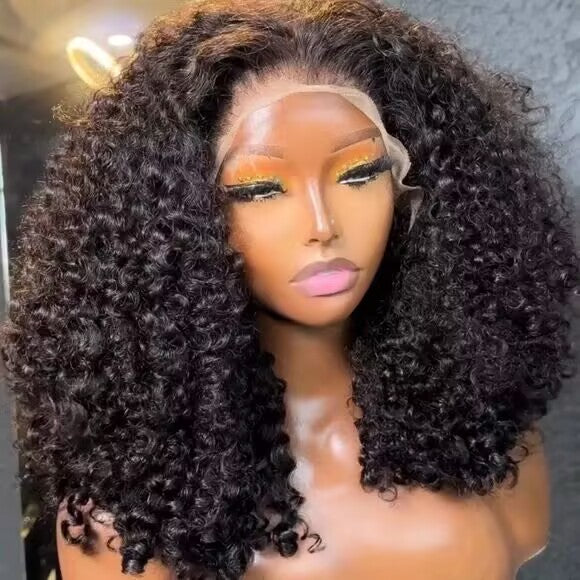
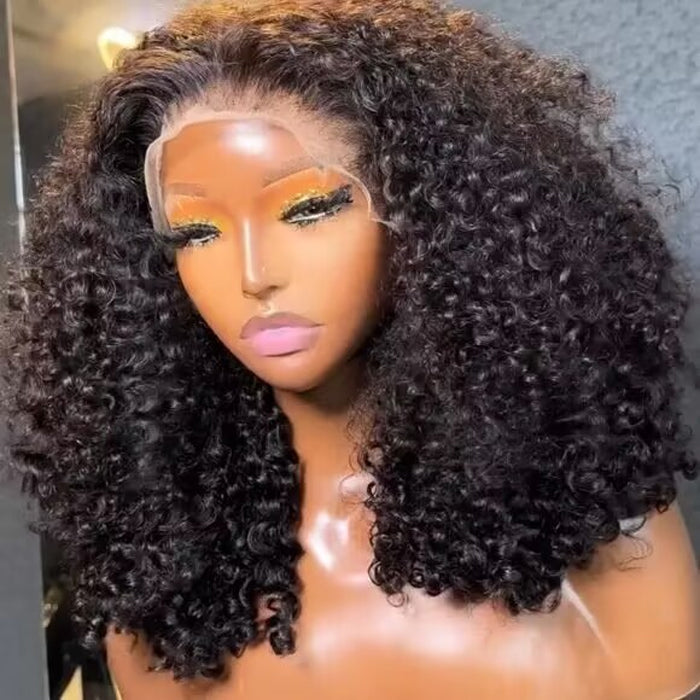







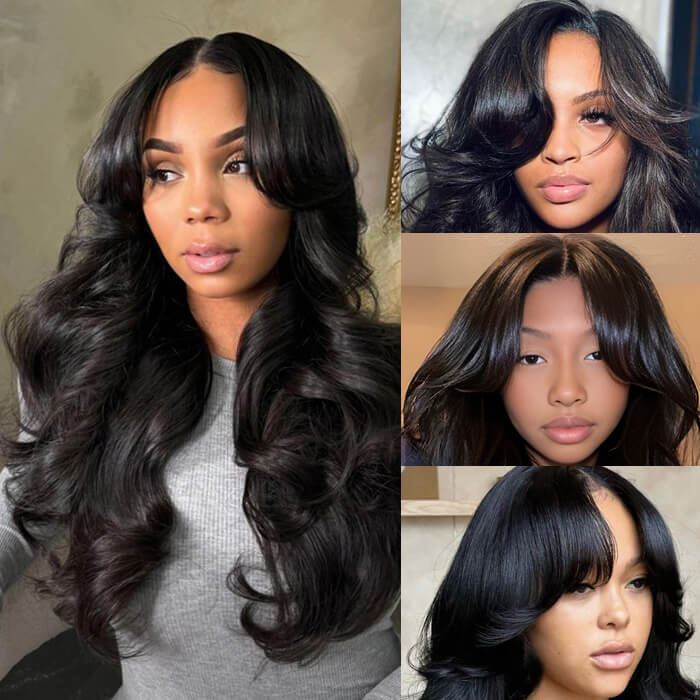


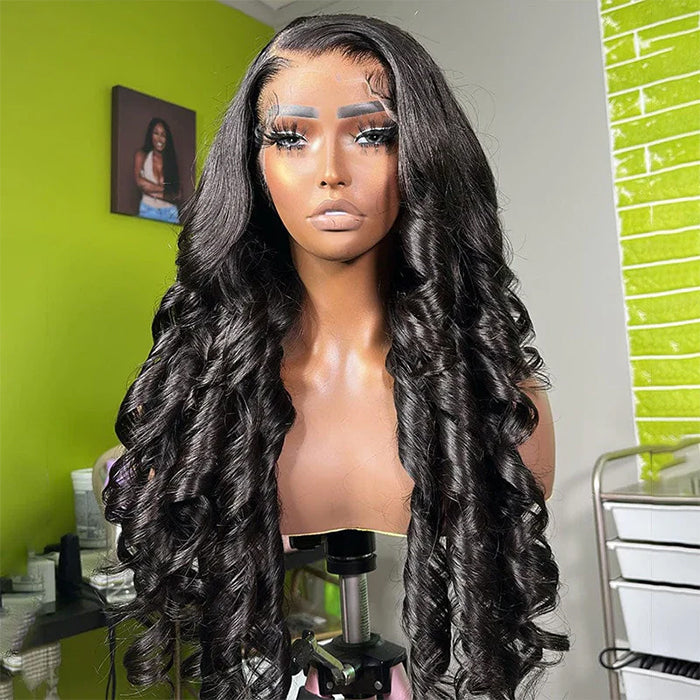

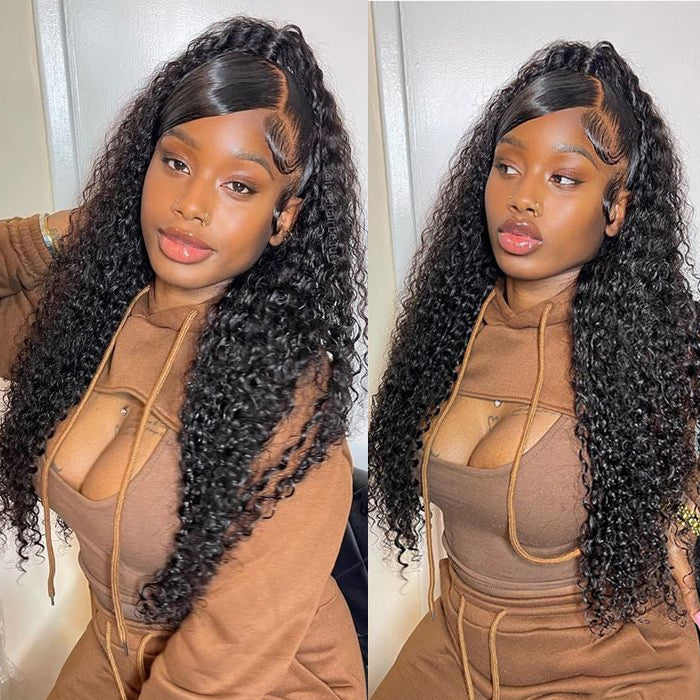

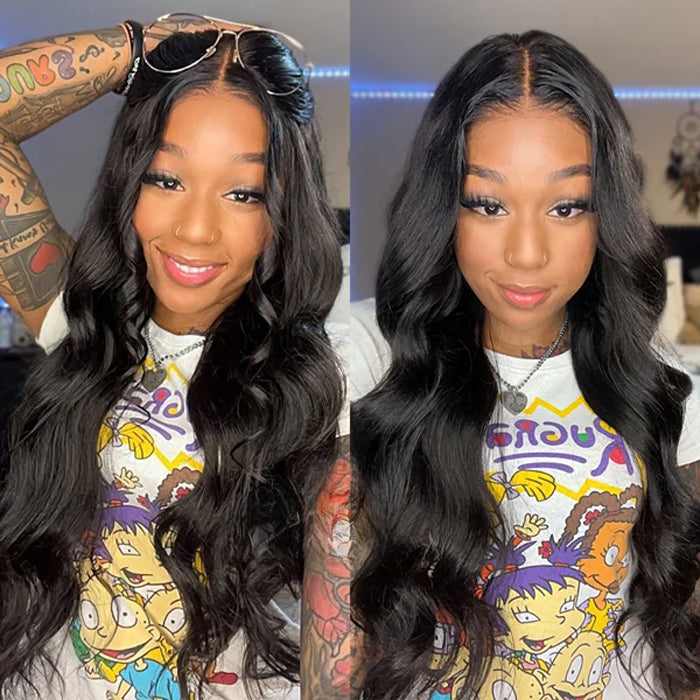
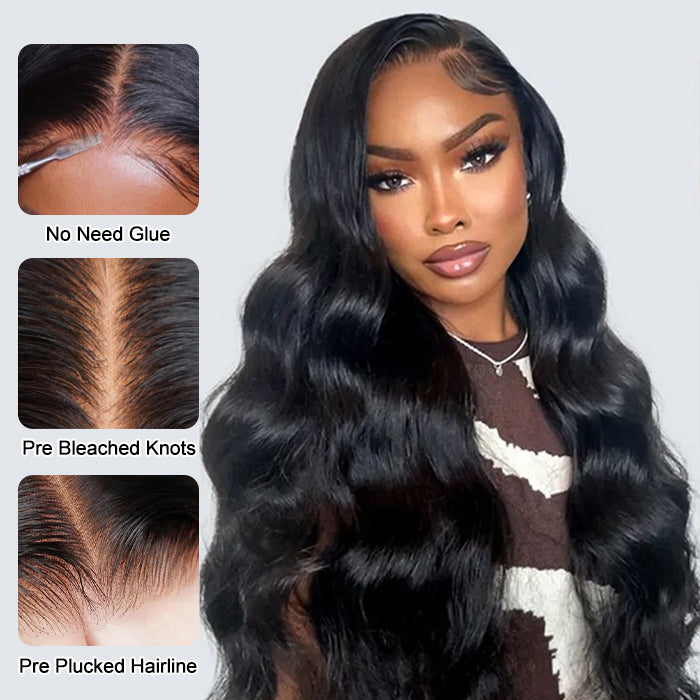
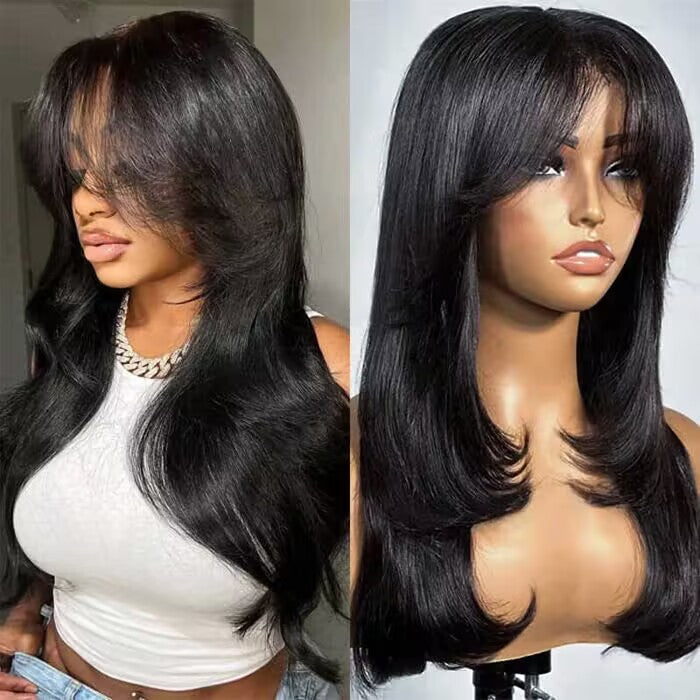
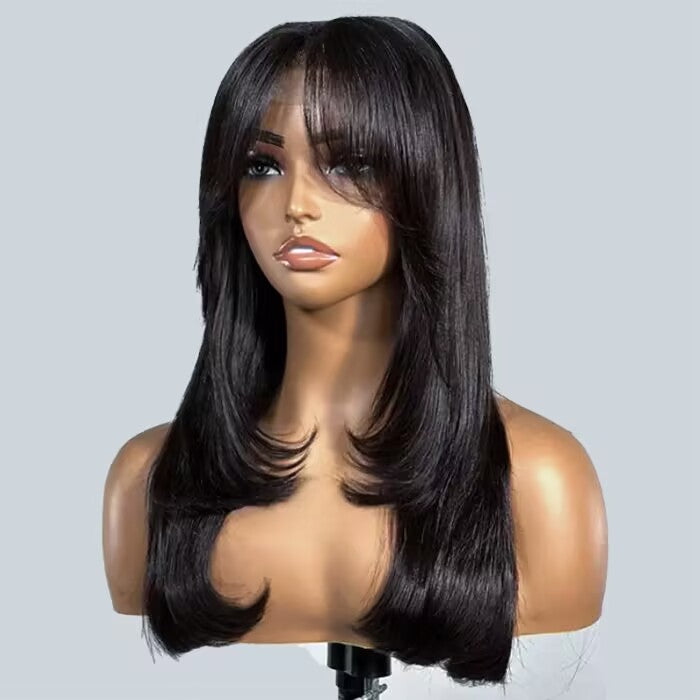
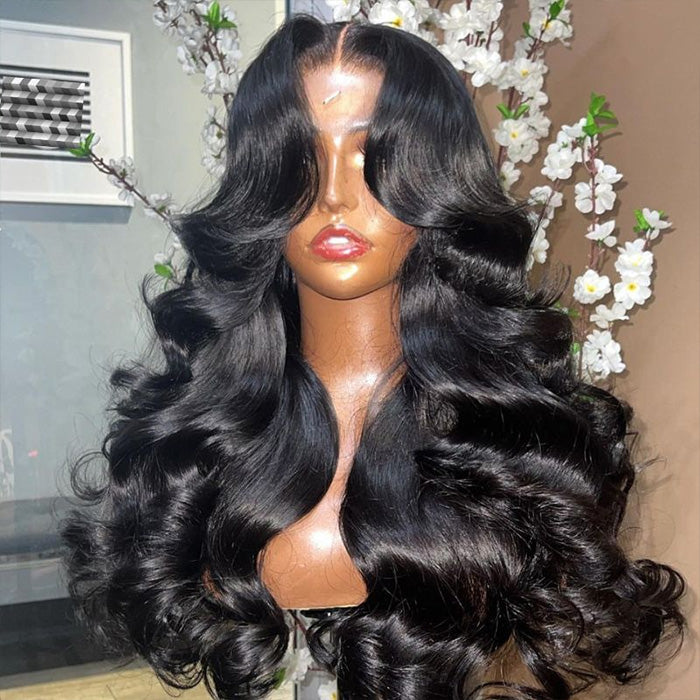
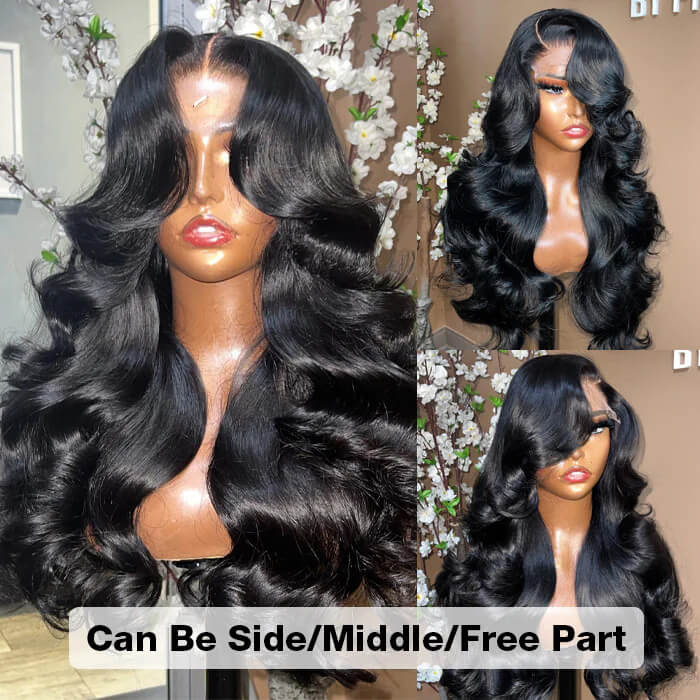
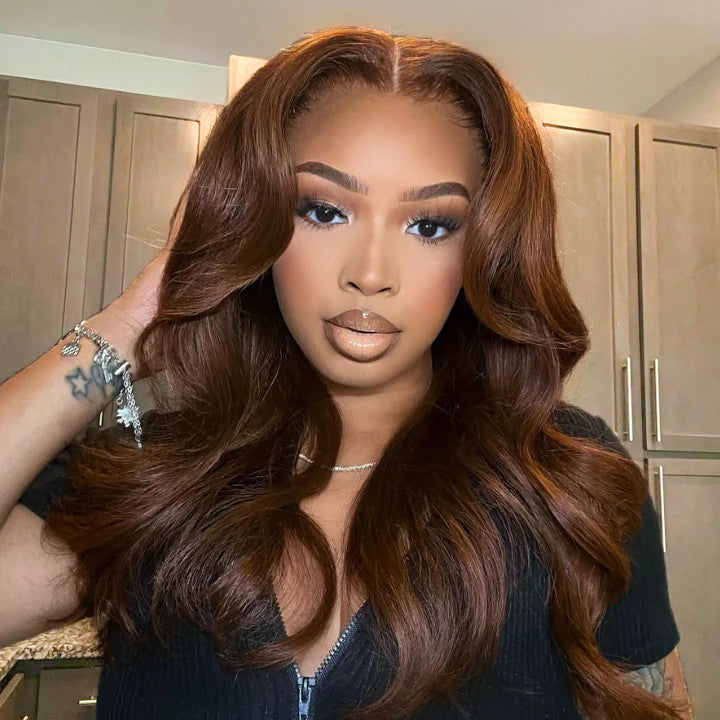

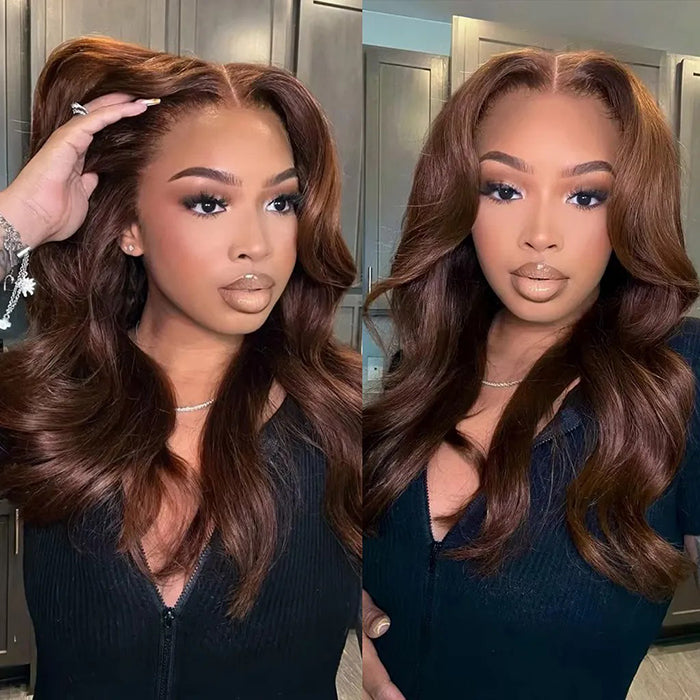

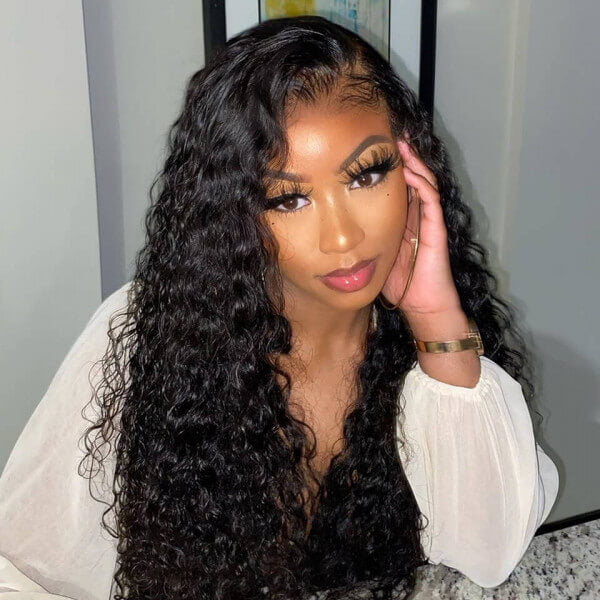

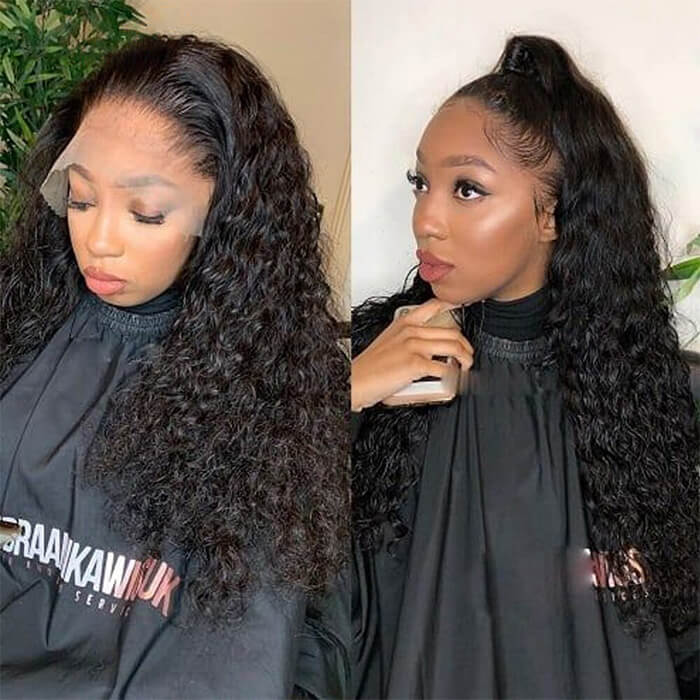
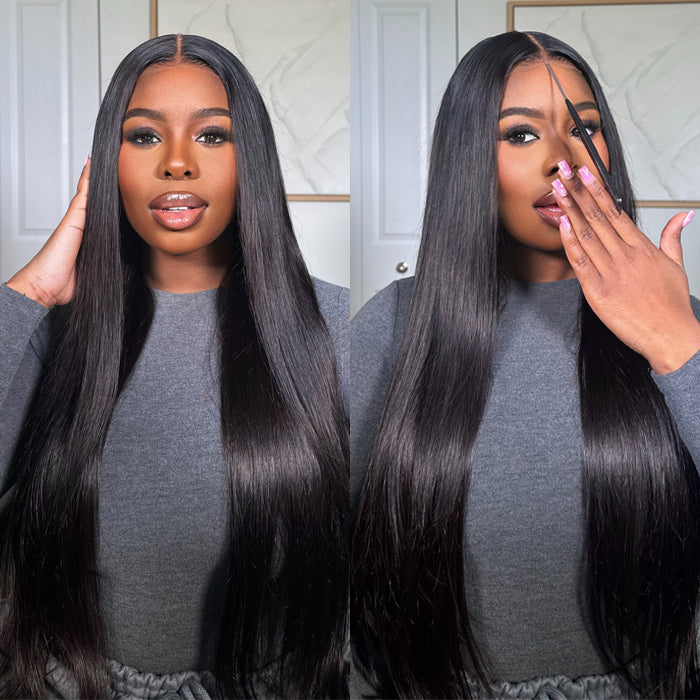
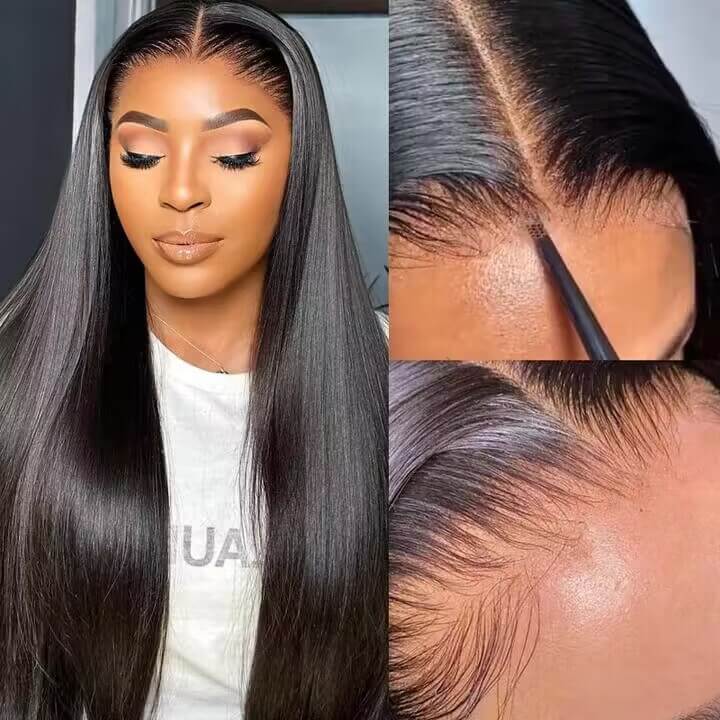
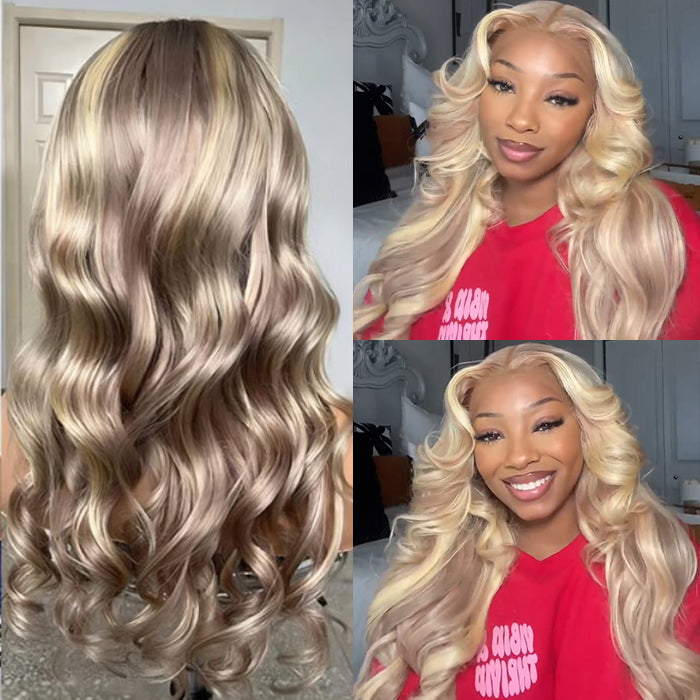
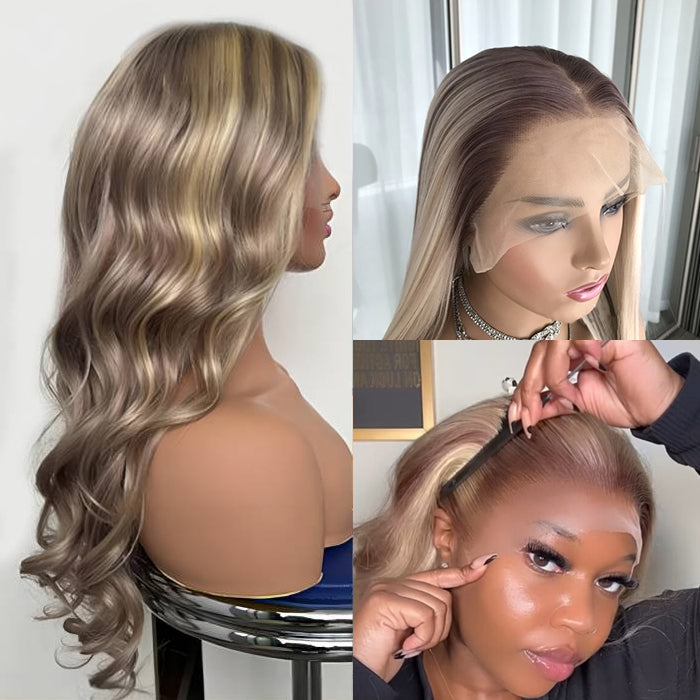
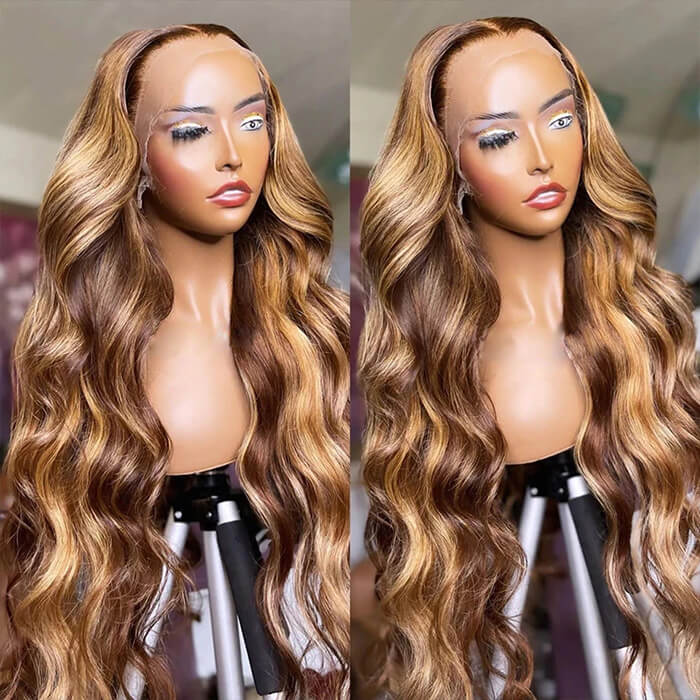
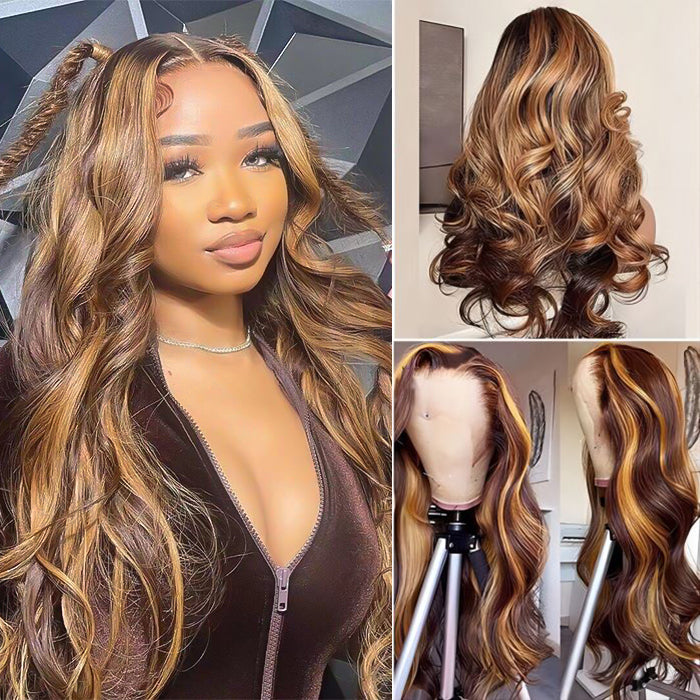
Leave a comment